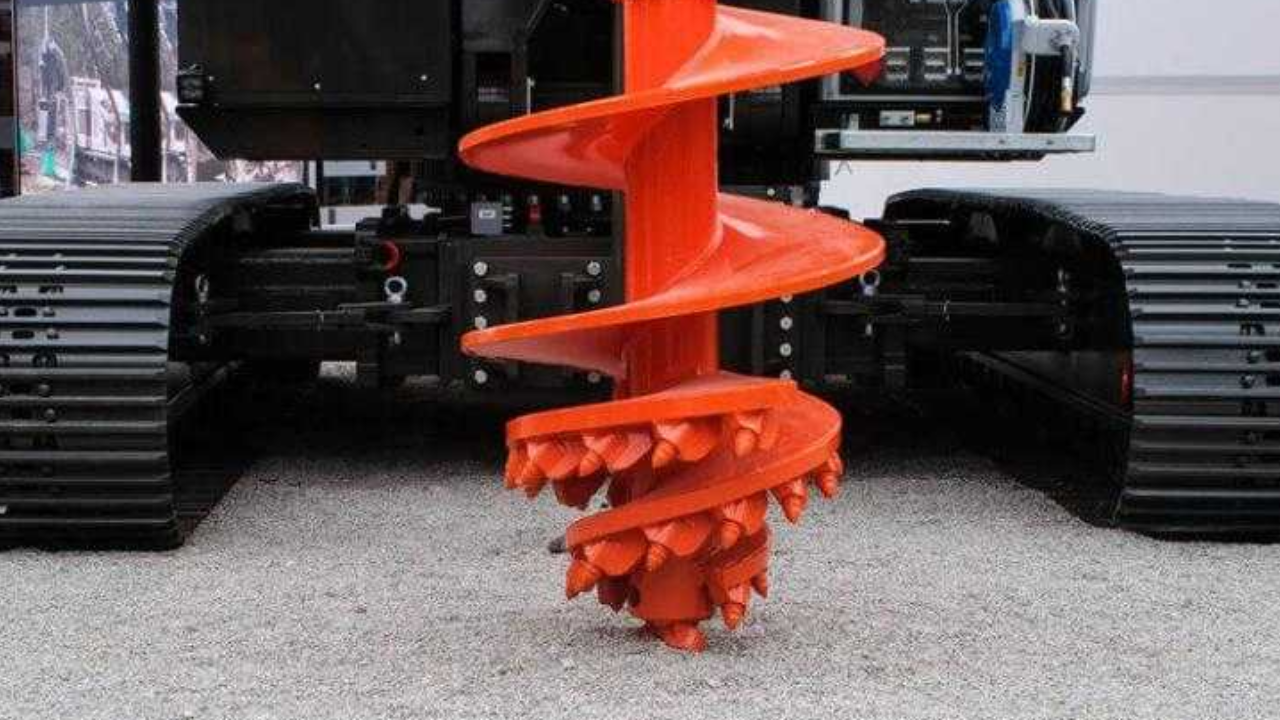Stump grinders operate as strong equipment which efficiently removes tree stumps. The operational performance of these machines relies on both the pocket design and the tooth quality of their cutting components. The components like stump grinder pockets enable efficient land-clearing operations. This guide will provide comprehensive information about stump grinder cutter teeth and pockets.
Stump Grinder Cutter Teeth Function
Stump grinder cutter teeth function as the cutting implements that connect to the rotating wheel or drum of the grinder machine. The teeth of a stump grinder serve as essential components that perform wood-chipping operations and break down stumps into small fragments.
Types of Stump Grinder Cutter Teeth
Straight Teeth
- It serves as the preferred choice for hard stump removal because of its powerful cutting ability.
- A grinding implement known as concave teeth enables more efficient cutting through its relaxed grinding approach.
- The carbide-tipped teeth feature exceptional durability along with resistance to wear.
Round Teeth (Finger Teeth)
- It serves commercial stump grinders because they rotate while wearing evenly, which extends their operational life.
What Are Stump Grinder Pockets?
The metal components known as stump grinder pockets function as holders that keep the cutter teeth attached to the grinding wheel. Stump grinder pockets both maintain the teeth's secure position and enable quick tooth replacement when teeth become worn out.
Types of Stump Grinder Pockets
- Standard pockets serve as the basic pocket design, which secures standard teeth during operation.
- Reverse pockets function as alternative tooth holders that optimize cutting angles by changing the tooth placement.
- Multi-teeth Pockets enable users to install several teeth within a single pocket which boosts both cutting power and operational versatility.
Materials Used in Stump Grinder Teeth and Pockets
The lifespan of stump grinder teeth and pockets depends on the materials used to build them.
- The teeth made from tungsten carbide last longer than regular steel teeth because they show superior resistance to wear.
- Steel-alloy teeth serve as an affordable option, yet they survive for a shorter period than carbide-tipped teeth.
- The hardened steel pockets show excellent resistance to cracking and maintain high impact tolerance.
How to Choose the Right Stump Grinder Teeth and Pockets
The selection of cutter teeth and pockets requires evaluation of the following elements:
- Check that your stump grinder model supports the selected teeth and pockets during your purchase.
- The selection of wood type requires carbide-tipped teeth for handling tough and hardwood stumps.
- The selection of teeth with efficient grinding should include durable pockets and sharp edges to accomplish quicker stump removal operations.
Maintenance Tips for Stump Grinder Teeth and Pockets
Regular maintenance practices enable your grinder to work at peak levels and concurrently prolong the working existence of its key elements.
Regular Sharpening
- Keep the teeth sharp for maximum grinding efficiency.
- Regular inspection should include checking for damage such as wear, cracks and dullness to determine when the replacement of teeth becomes necessary.
- Loose pockets reduce grinding performance while simultaneously causing equipment damage because they do not maintain proper fastener tightness.
Conclusion
The choice of suitable stump grinder cutter teeth along with pockets determines both operational effectiveness and cost-effectiveness during stump removal operations. Tungsten carbide teeth combined with strong pockets generate superior machine performance that reduces operational costs by lowering replacement needs. Routine care procedures like sharpening technique analysis prevent equipment deterioration, extend the working life span of the machine, and optimize grinding productivity.


